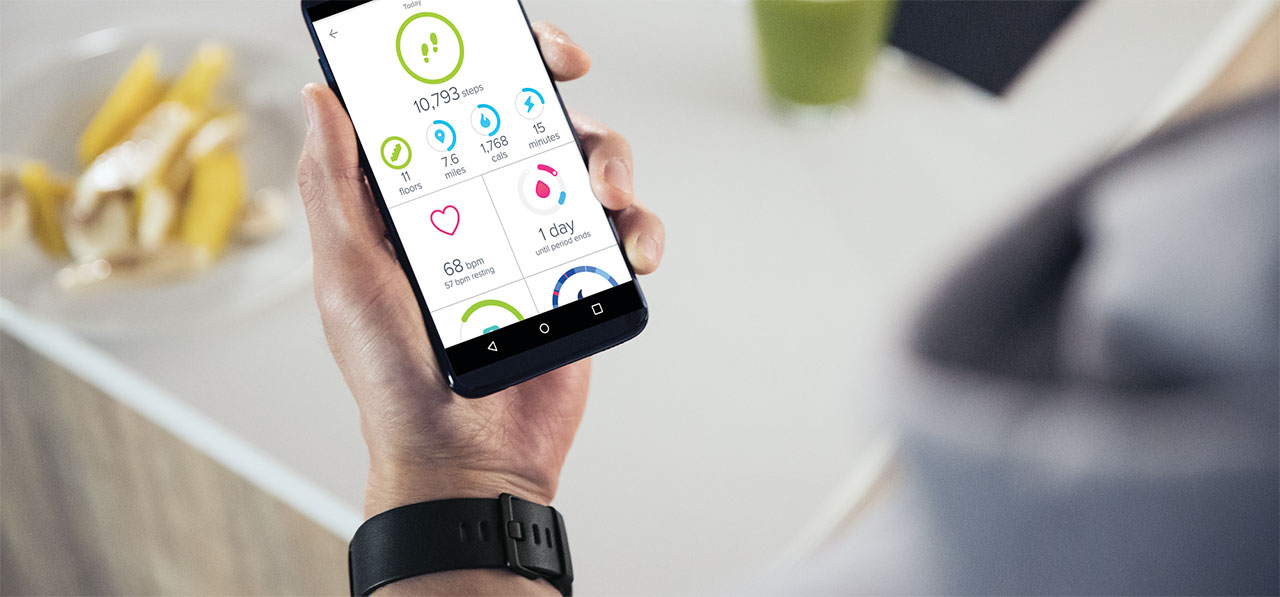How Virtual Reality is Changing the Game in Healthcare
We’ve all seen teenagers immersed so deep in a virtual reality (VR) video game that dragging them back into the real world seems impossible. VR technology can engage the mind in new and interesting ways. Now, VR is starting to prove that it’s got some serious game in healthcare.
With its ability to improve memory recall, VR is finding a place in hospitals, clinics, and even medical school. And it is transforming mental health treatments—offering visual 3D simulation that can help people reduce anxiety and tackle phobias, such as fear of heights, storms, and even spiders.
Helping kids engage. Boston Children’s Hospital is turning to VR to help its doctors explain complex medical procedures to its pediatric patients. The hospital joined forces with Klick Health to launch a VR-based patient experience platform, HealthVoyager, that offers assistance with pediatric gastrointestinal care.
Using HealthVoyager, doctors can show patients exactly what happens during a procedure. The platform takes clinical data and doctor’s reports and converts it into an immersive 3D VR experience for the young patient. This helps them visualize where the doctor has seen issues such as bleeding, polyps, or ulcers in the GI tract. After watching a virtual tour of their anatomy, the patient can get a better understanding of the disease and what’s happening in their body. The goal of the application is to make it easier for doctors to explain their medical procedures and in turn increase patient engagement, according to a statement.
VR gets an A+ in med school. Scientific illustration company Blausen Medical has taken immersive training to the next level by adding VR capabilities to portions of its large portfolio of animations used by med school students.
Its illustrations can expand to enormous sizes, and students can experience them from different angles in VR. The Blausen VR app positions the user in the center of the human anatomy animation. The student with VR goggles can feel what it’s like to be as small as an atom and watch in VR as proteins and molecules move from side to side.
The company’s first VR model captures a human’s skeletal muscle contractions. Eventually it plans to convert its entire library of medical animations into VR, including 3D experiences through the inner ear, the cardiovascular system, and explorations of diseases in the body.
From body to mind. VR is also proving to be an extremely effective device for psychological therapy. Clinicians are using VR platforms to help patients overcome addictions, fear and anxiety disorders, along with persecutory delusions, a symptom of schizophrenia.
Tech company Virtually Better has a portfolio of VR technology environments, including Bravemind, for treating post-traumatic stress disorder (PTSD). It also has VR worlds to help those with a fear of heights (teaching the user to successfully traverse high walkways) and fear of storms, which simulates weather conditions from light rain to severe disruptions, including hurricanes.
The company also offers addiction treatment VR scenarios for patients wanting to control alcohol and nicotine use, and it includes a scent machine to deliver realistic, situation-related smells. Another VR provider, Psious, offers mental health treatment environments to help patients overcome fear of flying, needles, various animals, public speaking, and agoraphobia, which is an irrational–and often disabling–fear of entering open or crowded places.
This article is not intended to substitute for informed medical advice. You should not use this information to diagnose or treat a health problem or condition. Always check with your doctor before changing your diet, altering your sleep habits, taking supplements, or starting a new fitness routine.


